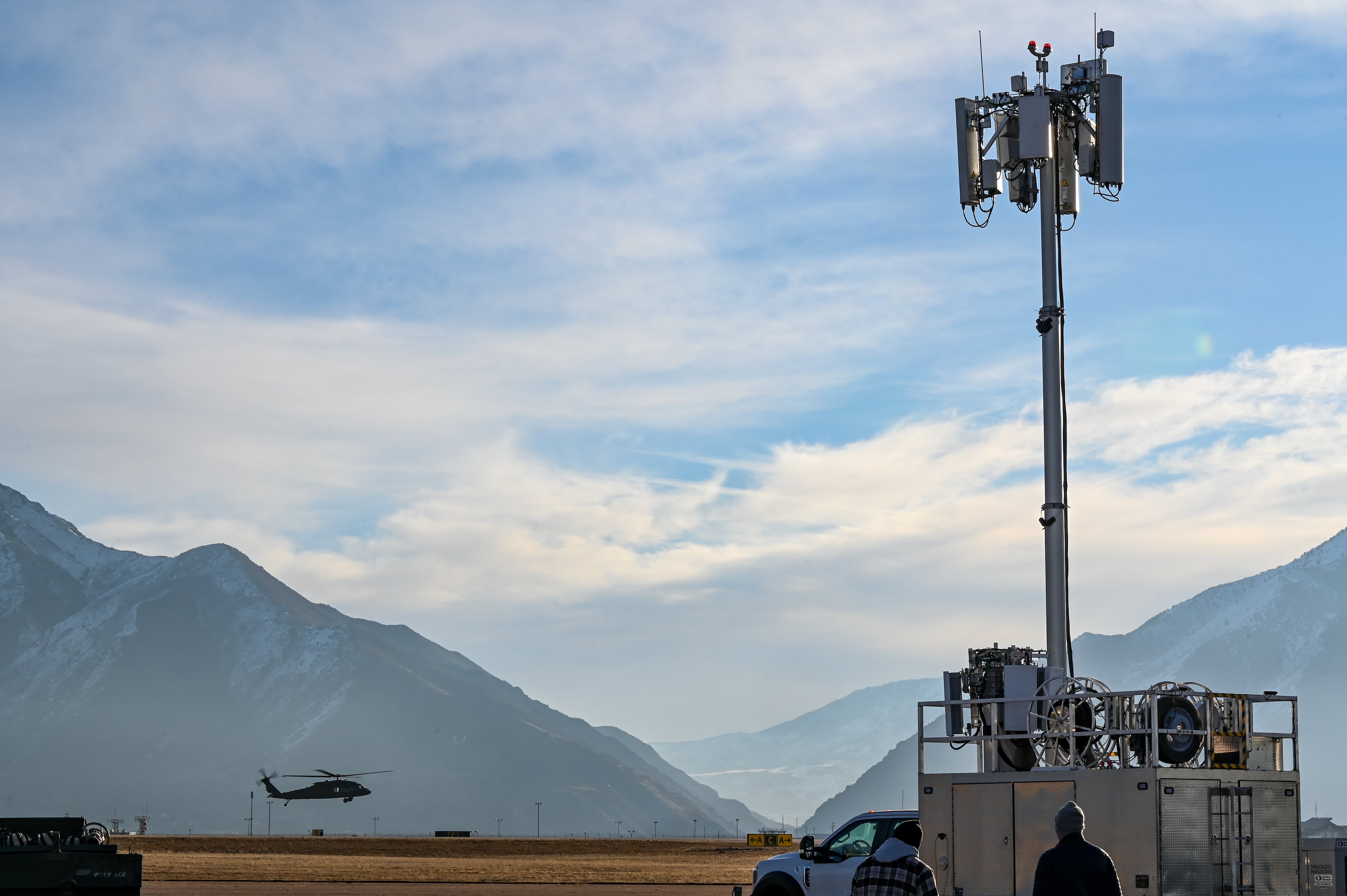WASHINGTON — The U.S. Department of Defense’s chief information officer will take direct oversight of the department’s 5G endeavors, as officials seek to box out Chinese influence in the communications market.
The fifth generation of wireless technology is seen as critical to connectivity at home and abroad, with millions of dollars of government money already invested. U.S. military adoption has been slow, and global competition is fierce, with suspect players such as Huawei and ZTE jostling for space.
Pentagon CIO John Sherman on May 11 said his office would take the 5G reins Oct. 1, the start of fiscal 2024. In years prior, the office of the undersecretary of defense for research and engineering led the way.
“We’ve already been working left seat, right seat with research and engineering on this, a very close partnership with Honorable Heidi Shyu and her team,” Sherman said at the DefenseTalks conference, just blocks from the Pentagon. A strategy and implementation plan for defense 5G were published in 2020.
The fifth generation promises exponentially faster speeds as well as greater accommodations for devices. The technology also has its risks — pathways for digital intrusions, for example, and costly or foreign infrastructure — and has yet to live up to hype for many.
RELATED

The Defense Department years ago launched 5G pilots at five military installations, to the tune of $600 million, and has since doubled the experimentation. The wireless technology is being used to streamline logistics at so-called smart warehouses, like at Naval Base Coronado, California, and make command and control more mobile.
Sherman wants to further expand the pilots with an eye toward the open radio access network, or O-RAN, which would allow components from different companies or suppliers to run seamlessly together.
Work is underway with “a number of U.S. companies,” Sherman said Thursday, “as we move away from a closed network kind of black box sort of thing, like certain Chinese companies like to do with their global marketing here, to more of an open-network, open-software approach that our U.S. industry can work and dominate on.”
Several of the world’s largest defense contractors by revenue are investing in 5G. Lockheed Martin is collaborating with Verizon, Northrop Grumman with AT&T, and General Dynamics Information Technology with T-Mobile, among other pairings.
Colin Demarest was a reporter at C4ISRNET, where he covered military networks, cyber and IT. Colin had previously covered the Department of Energy and its National Nuclear Security Administration — namely Cold War cleanup and nuclear weapons development — for a daily newspaper in South Carolina. Colin is also an award-winning photographer.








